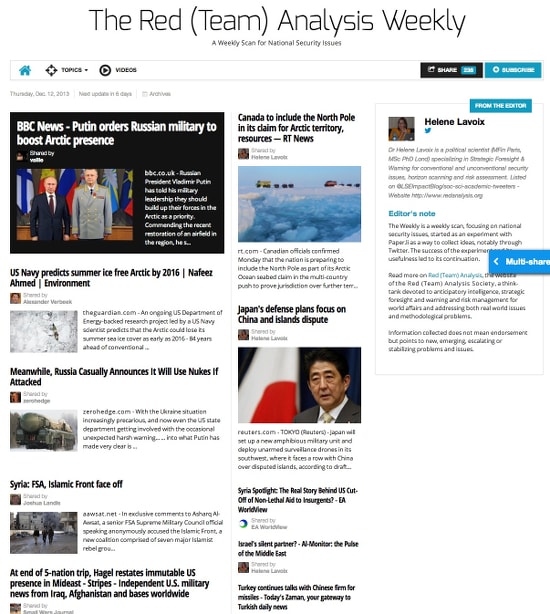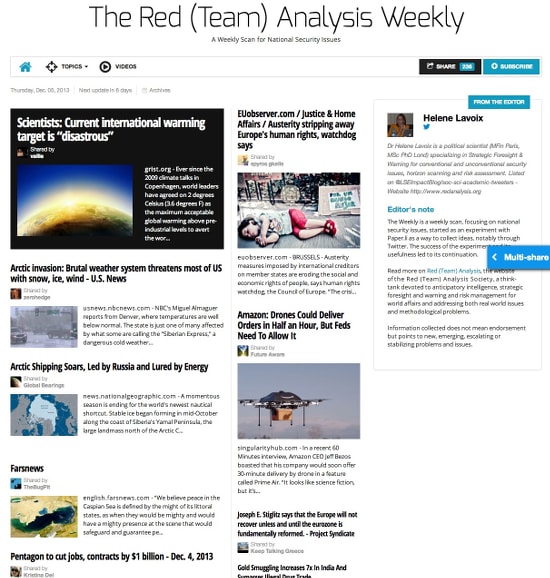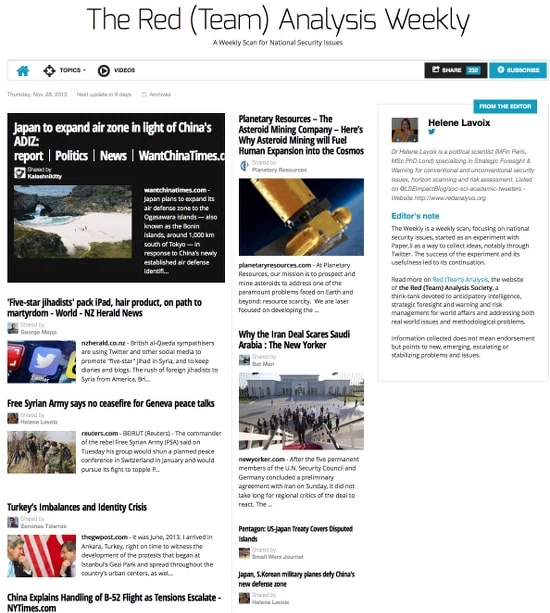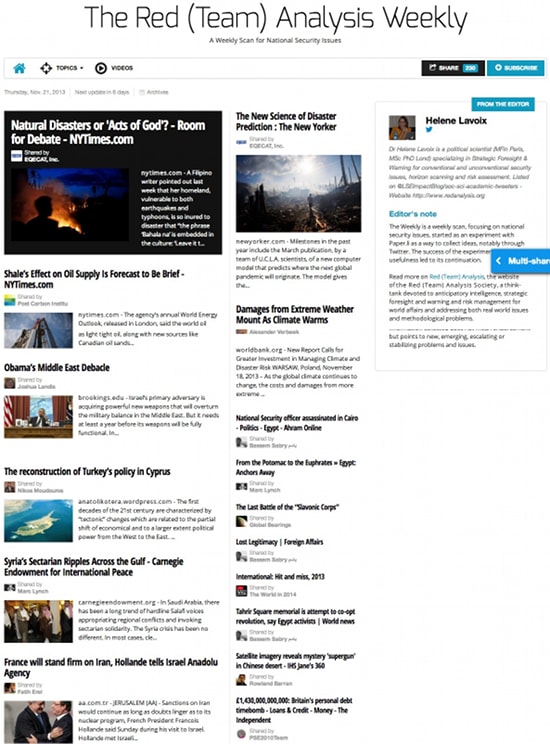 Editorial – Pivot, center and epicenter – First of all, let me wish you all a Merry Christmas, and send this wish especially to those who are prey to war and disaster, whatever their faith. This week, the epicenter or the pivot for the turmoil of change seems very much to be located around the Black Sea and the Eastern Mediterranean Sea (see notably the articles on Turkey, Iran, Syria – that may not be that close to peace – Saudi Arabia, Ukraine), besides, in a so far more subdued way, North East Asia… and the Arctic, again (forthcoming Red (Team) Analysis series by Dr Valantin). Interestingly, if we make the experiment to see, with Google Earth, those three regions, Russia must be placed at the center. This is certainly nothing new – although the awareness of it through the easy use of a tool such as Google map may be – but it is always useful to remember fundamental geographical facts. In the light of the Obama administration’s strategic “pivot” to Asia, this underlines the multi-dimensional power the U.S. needs and will need to deploy for its strategy, which, since the end of the nineteenth century, it has done rather successfully (the judgement on success concerns the capacity to be an “Asian power”).
Editorial – Pivot, center and epicenter – First of all, let me wish you all a Merry Christmas, and send this wish especially to those who are prey to war and disaster, whatever their faith. This week, the epicenter or the pivot for the turmoil of change seems very much to be located around the Black Sea and the Eastern Mediterranean Sea (see notably the articles on Turkey, Iran, Syria – that may not be that close to peace – Saudi Arabia, Ukraine), besides, in a so far more subdued way, North East Asia… and the Arctic, again (forthcoming Red (Team) Analysis series by Dr Valantin). Interestingly, if we make the experiment to see, with Google Earth, those three regions, Russia must be placed at the center. This is certainly nothing new – although the awareness of it through the easy use of a tool such as Google map may be – but it is always useful to remember fundamental geographical facts. In the light of the Obama administration’s strategic “pivot” to Asia, this underlines the multi-dimensional power the U.S. needs and will need to deploy for its strategy, which, since the end of the nineteenth century, it has done rather successfully (the judgement on success concerns the capacity to be an “Asian power”).
What has changed and will remain so in the future is the necessity to consider also extreme environments (thus the Arctic, but also space and the deep-sea) notably because of a tense resources situation and climate change with its multi-dimensional dire impacts, as underlined by the Guardian article “Whole World at Risk” grounded in the “series of papers published by the Proceedings for the National Academy of Sciences (PNAS)”. How will those fundamentally changed conditions alter interests and capacity to project power?
Click on the image below to read on Paper.Li










